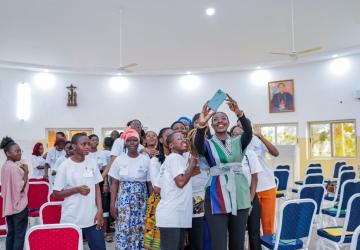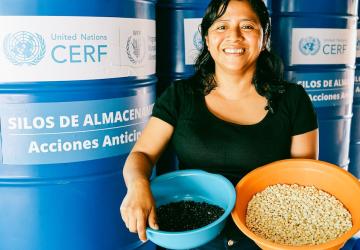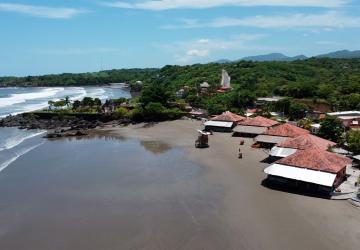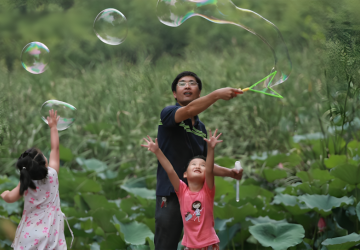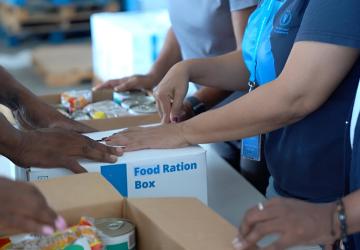Iran: In the midst of crisis, the UN stayed to deliver
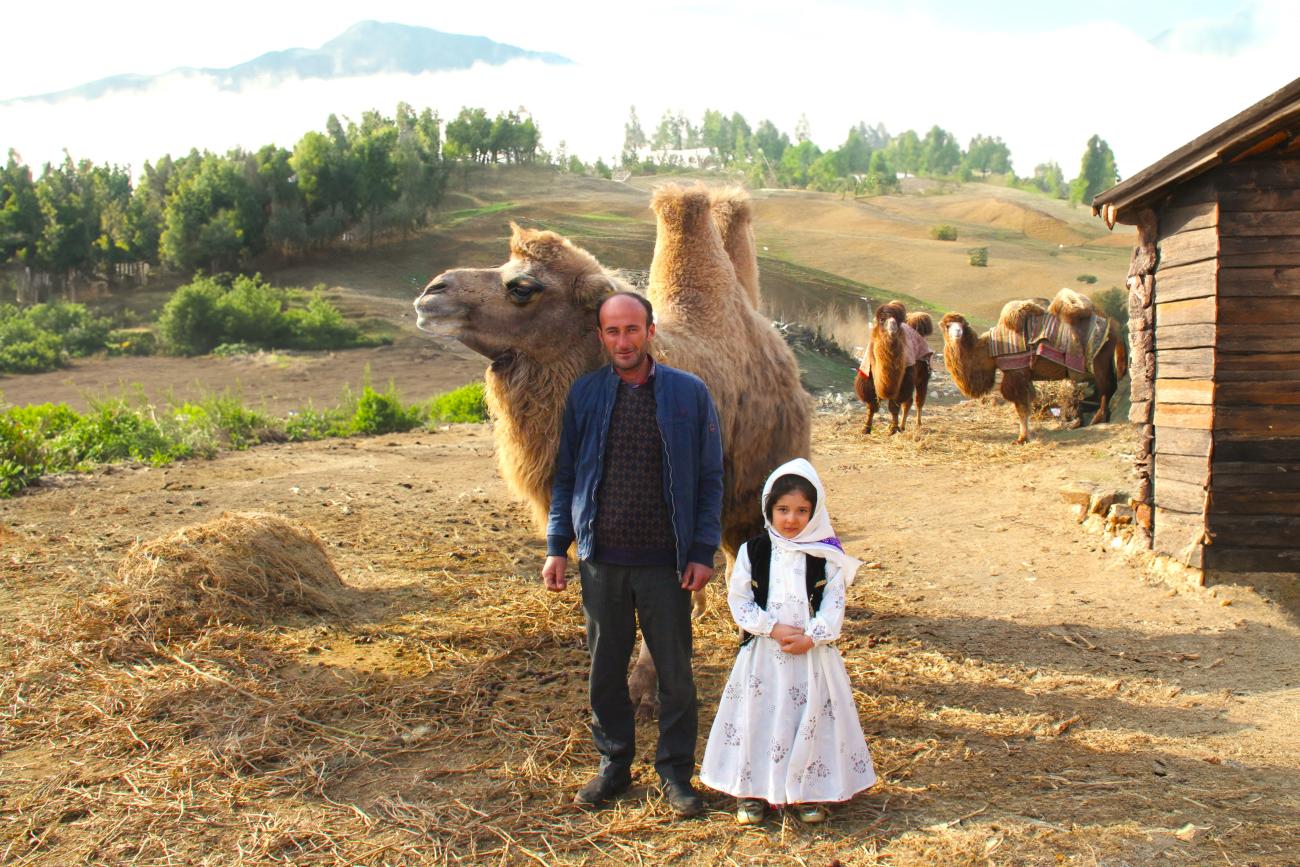
When missiles struck Tehran and other cities across Iran in mid-June, families fled in the millions, hospitals filled with the wounded, and civilian lives were lost in devastating numbers.
“In the early morning hours of 13 June, a number of attacks took place in Tehran and other parts of Iran,” said the UN Resident Coordinator (RC) in Iran Stefan Priesner. “We know that there have been at least 627 people killed and almost 5,000 injured in Iran.” But amidst the upheaval, the United Nations never left.
Amidst this upheaval, the UN Country Team (UNCT) in Iran—comprising 18 agencies and more than 500 staff—remained on the ground, adjusting programmes, delivering critical services, and preparing for the longer path to recovery.
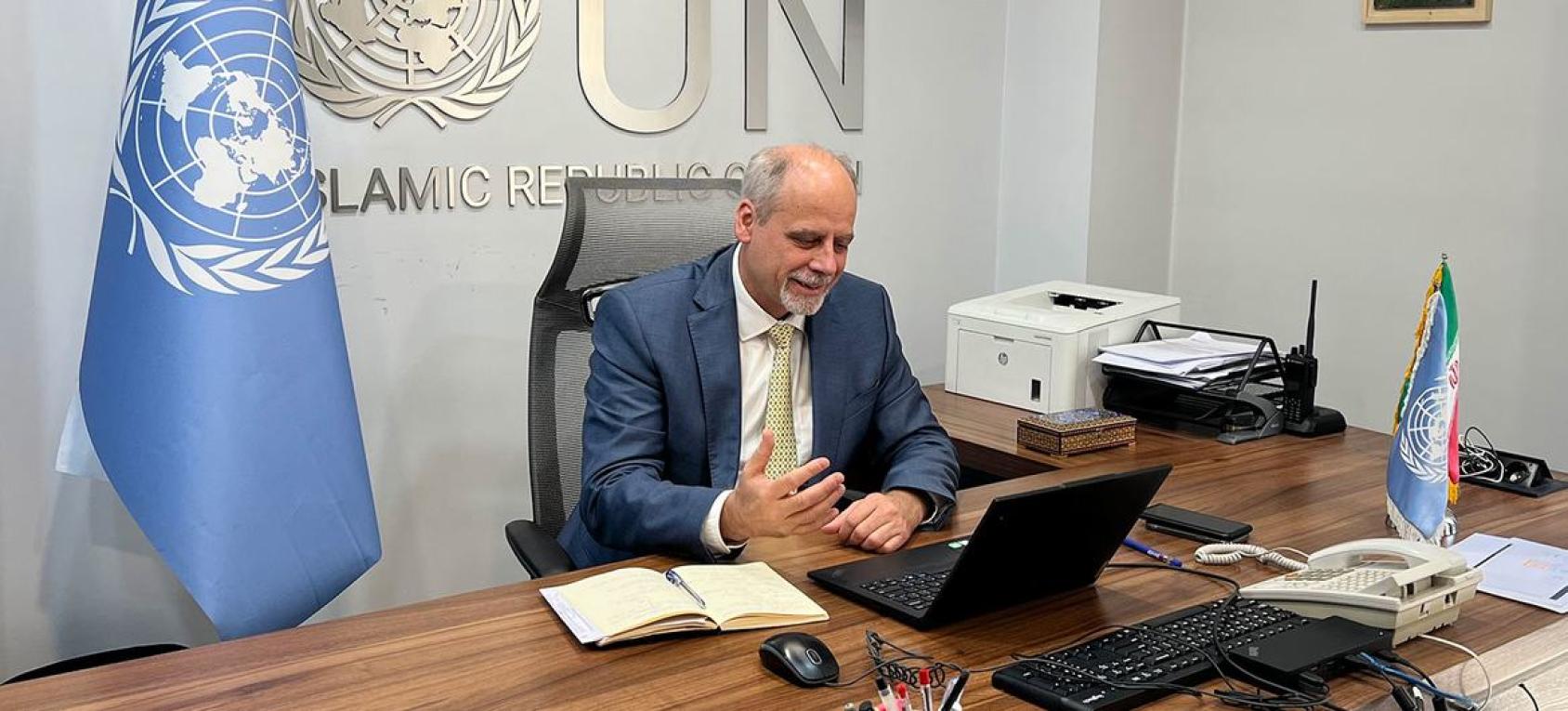
Beyond responding to rebuilding
From the first hours of the conflict, the UN worked to ensure continuity of essential support. The team remained agile and ensured that field offices were operational in order to reach all those affected. Health supplies, including trauma and emergency surgery kits, were delivered to overwhelmed hospitals. Mental health and psychosocial support is now being scaled up to help people cope with the trauma of conflict.
Beyond this immediate response to urgent needs, the UN Country Team is looking at scaling up recovery efforts and building long term resilience. “We are now discussing with the Government how to adapt existing UN programmes to meet the country’s post-conflict needs,” RC Priesner says. These include restoring public services, shoring up damaged health infrastructure, and supporting vulnerable groups such as children, elderly people, persons with disabilities, and female-headed households.
Longstanding commitments
Iran has long hosted one of the largest refugee populations in the world, with more than 3.4 million people—many of them Afghans—living in the country. The UN has supported Iran’s inclusive policies that offer refugees access to health care and education, including for Afghan girls.
Despite the recent violence, the UN’s support to these communities has continued uninterrupted. Eleven UN entities and several international NGOs are providing cohesive support—from health and shelter to livelihoods, food security, and water and sanitation. Two-thirds of the UN’s $75 million annual budget in Iran is dedicated to these humanitarian efforts, with the remainder focused on development programmes ranging from climate resilience to disaster preparedness.
Adapting to new realities
As calm returns, Iran faces an uphill recovery—and the UN’s development work is more important than ever. The current UN Sustainable Development Cooperation Framework (2023–2027) is being reassessed in light of new post-conflict priorities. The aim: to ensure inclusive, resilient, and sustainable growth even after crisis.
That includes addressing the environmental and health impacts of the conflict, maintaining support for refugees, and ensuring that development efforts reach those most at risk of being left behind. The UN is also working to strengthen public health management, socio-economic resilience, and disaster risk reduction across the country.
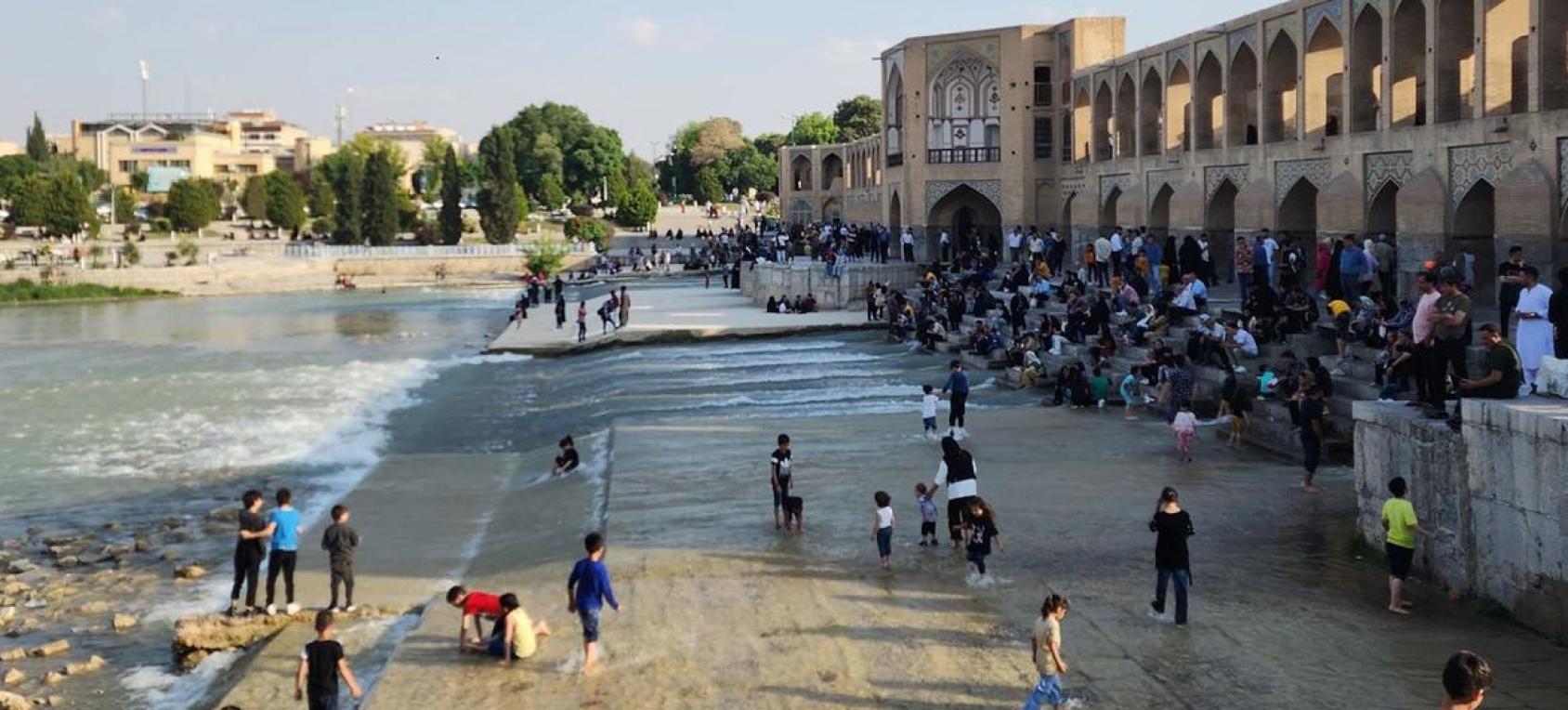
A call for support
Despite the scale of need, funding remains limited. The UN in Iran has already begun reprioritizing and adjusting programmes—but the Resident Coordinator warns that current resources may need to double to respond adequately to the crisis.
The UN is urging the international community to stand with Iran—not only in humanitarian solidarity, but by investing in early recovery and long-term development. Peace may require diplomacy, but recovery demands action.
A version of this story first appeared on UN News.




